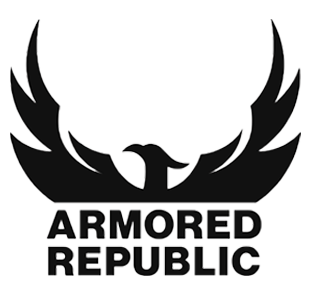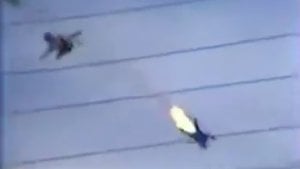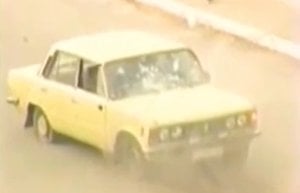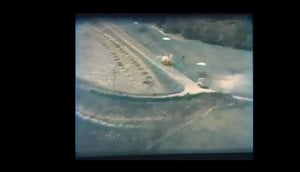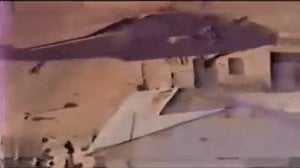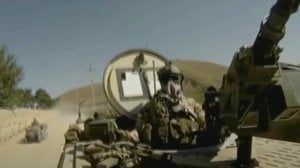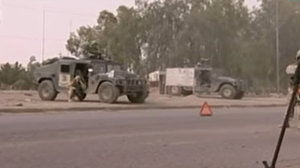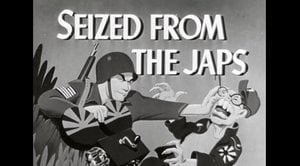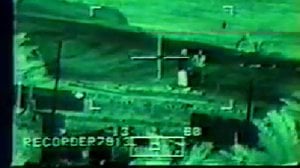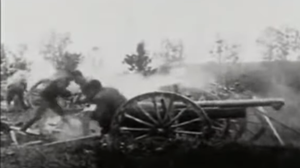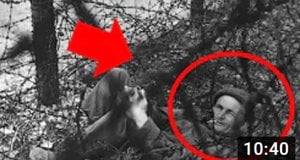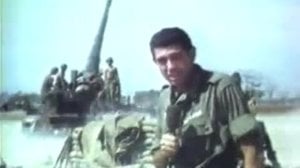
US Hovercraft Machine Gunners Engage Targets in Vietnam
Published 9 months ago
This archival footage shows PACVs and Hueys operating in the Mekong Delta, Vietnam, in December 1966. The video shows PACV hovercraft patrolling the river estuary, and occasionally suppressing enemy positions or conducting reconnaissance by fire. One of the PACVs becomes disabled. Huey helicopters are shown orbiting the area and engaging targets on the ground. Personnel from the disabled PACV are evacuated by helo.
The Patrol Air Cushion Vehicle (PACV) was a hovercraft used for conducting patrols of estuaries and marshes of the Mekong Delta in South Vietnam, where the PACVs nonexistent draft permitted U.S. navy and Army patrols to navigate the shallow marsh grasses and paddies. Three PACVs were given to the Navy and three to the Army in 1966, but the craft were expensive, and they were withdrawn from service in Vietnam in 1970. The UH-1 Iroquois, or “Huey,” is a multi-role helicopter employed as a troop transport and gunship during the Vietnam conflict. A modern version of this aircraft is still employed by the U.S. Marine Corps.
During the Vietnam War, the United States established a joint U.S. Army and Navy command to tackle the challenges posed by the marshy terrain in the Mekong Delta. As the Mekong River reaches its terminus on the coast it empties into the sea through a branching series of distributaries, creating a labyrinth of streams and marshlands. There was little in the way of roads and bridges to grant U.S. forces access to the region to conduct patrols and establish checkpoints. The Mobile Riverine Force (MRF) was established to transport soldiers and equipment and to conduct combat patrols with the objective of disrupting Vietcong activity in the Delta. This represented an expansion of the Navy’s mission in Vietnam and served as a venue for large scale riverine operations.
The MRF concept paired an Army brigade with Navy assault boat units. The Navy created a Mobile Riverine Base (MRB) of barracks ships, LSTs, and floating artillery and mortar barges, all supported by an array of tugs, barges, repair ships, and riverine patrol and assault craft. The force was augmented by Navy, Army, and Airforce rotary wing assets utilized for troop insertion, close air support, and casualty evacuation (CSEVAC).
About the Author
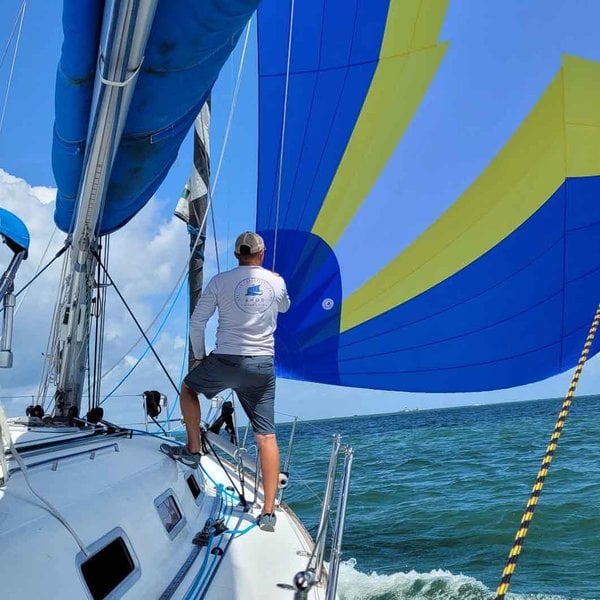
Cam
Cam served as an infantry officer in the Marine Corps, deploying to the Horn of Africa and participating in combat operations in Iraq. He currently works in the maritime industry and in the defense sector as an instructor of combined arms planning and operations. An avid sailor, Cam founded and directs a nonprofit that supports veterans and first responders through sailing.
